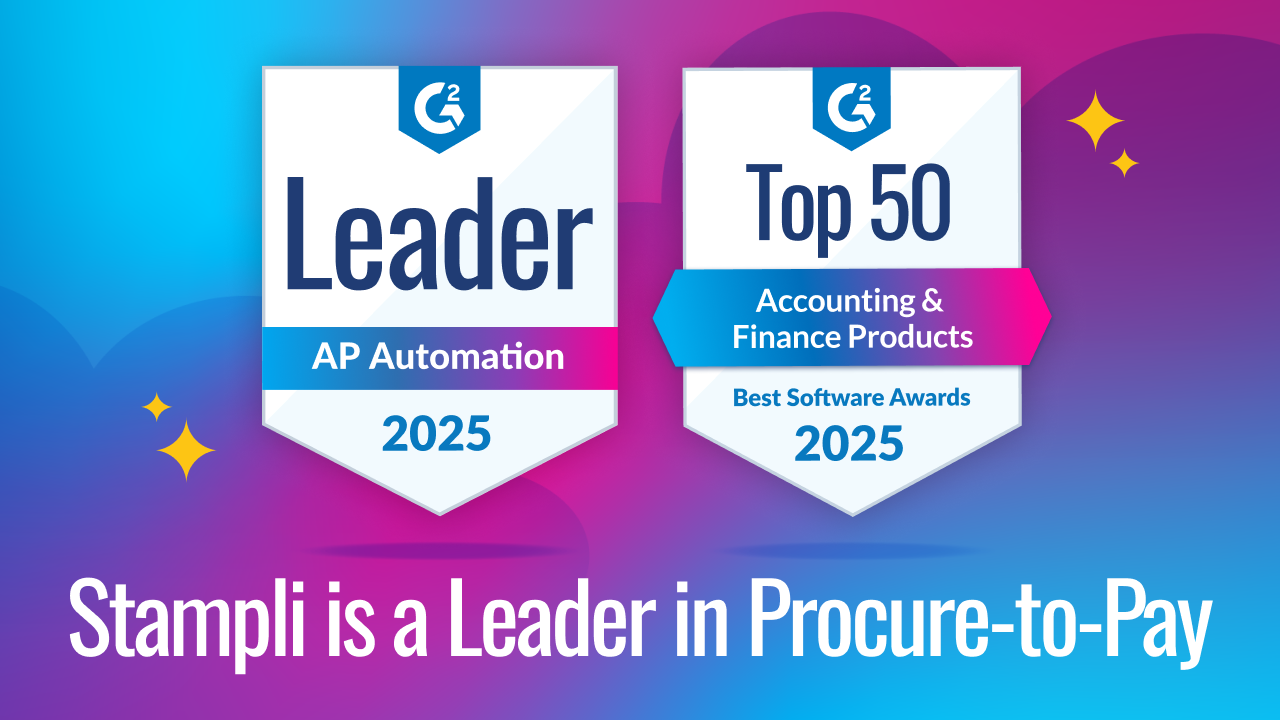How to Store Invoices (not in a filing cabinet)
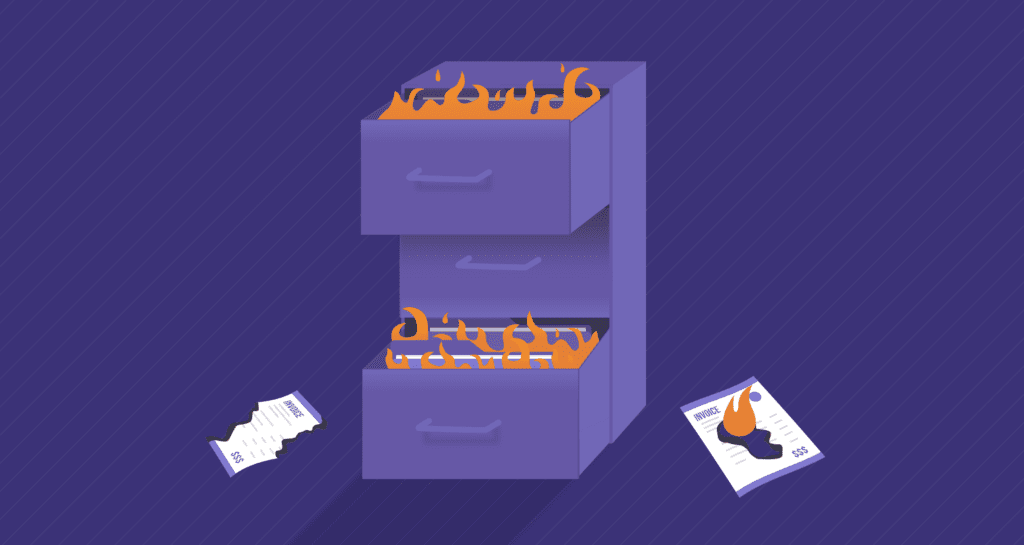
Never mind paper cuts – managing paper invoices can be a headache.
Invoices are an essential part of your business. However, storing, sorting, and searching all that paper can become cumbersome fast – leading to wasted space and the inevitable wild goose chase when a document gets lost.
And they always seem to get lost.
Fortunately, several alternatives to paper storage can streamline invoice management, improve productivity, and make it easy to locate invoices. Many businesses are turning to digital storage and automated invoice management solutions that offer better accessibility, organization, and security. Read on to learn more about how you can develop a cost-effective invoice storage solution to reduce paper clutter.
The not-so-hidden costs of paper storage
I’m the controller for a nonprofit thrift store with locations across America. We recently started modernizing our financial processes to reduce business expenses and improve service for our clients and donors. As part of this process, we are evolving our invoice management system to streamline operations and move from paper to digital invoices.
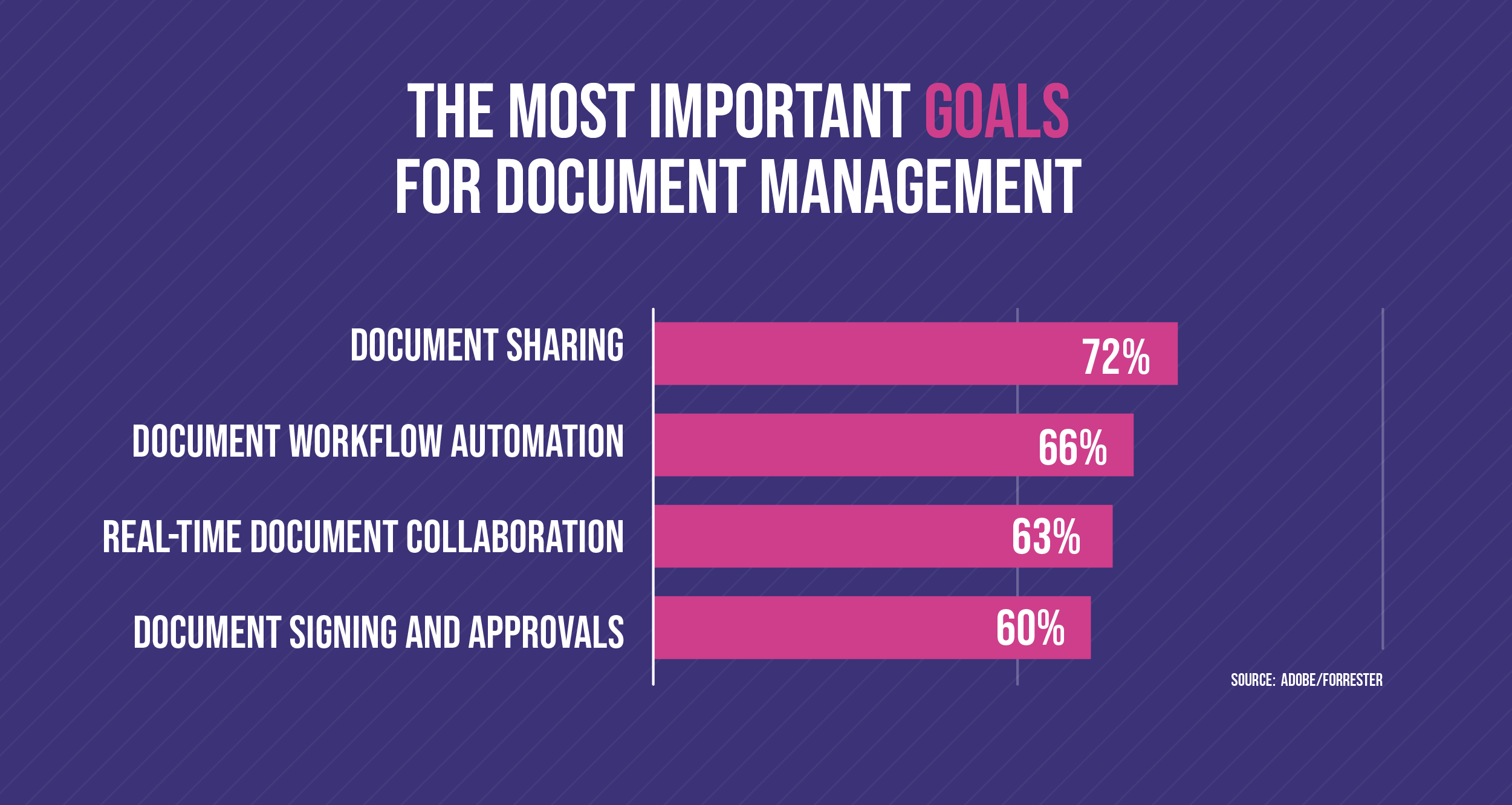
As part of our modernization project, we’re centralizing invoice management at our head office. We’ve got over 800 stores nationwide, and they all manage their own vendors and record-keeping. They also manage a lot of paper – like many businesses, almost half of our stores still receive paper invoices. A big part of my job will be digitizing and organizing receipts and invoices and getting the stores to begin receiving digital invoices from their vendors.
But first, let’s talk about the cost of all that paper.
Storing paper is expensive
We’re required to keep copies of our financial documents for an average of seven years, depending on federal, state, and local regulations. Storing business receipts and paper invoices for that long is expensive.
For example, our Milwaukee store has five file cabinets full of old invoices, paper receipts, and other AP paperwork. They take up 30 square feet of space. Our rent in Milwaukee is $12.80 per square foot/month, meaning we pay $4,608 per year for storage. Multiplied by 800 stores, that’s over $3.6 million in paper storage costs every year.
Storing paper is risky
Not only is it expensive to store paper invoices, but it’s also risky. First, paper invoices can get lost or misplaced, which means our staff and volunteers need to look for them. Second, paper can be destroyed in a fire, flood, or other disaster. And finally, using paper invoices makes us vulnerable to fraud, as retrieving and reviewing past invoices for audits or investigations can be difficult.
Aside from the cost savings, there are also several benefits to moving to digital invoice storage.
Benefits of digital invoice storage
Moving from physical paper storage to digital storage saves a lot of money – already a great reason to switch to digital invoices. However, there are other benefits if our business switches to a paperless system.
Faster document recovery
Storing invoices digitally means they can be searched and retrieved instantly from anywhere. Not only does this make bookkeeping and financial operations easier, but it also lets us manage all our invoices from our head office.
Improved workflows and data sharing
We’re implementing Sage Intacct ERP to manage our financial processes as part of our modernization. Digitizing invoices makes invoice data available and accessible across our entire organization through our ERP, simplifying operations like invoice approvals and supplier payments.

Greater security and risk management
Digital storage keeps invoices and documents safe from natural disasters. We can also reduce the risk of fraud or theft by controlling access to digital copies and tracking any changes or modifications. Digital receipts and invoices also make three-way matching easier, so verifying invoices becomes less of a chore.
Better version control and regulatory compliance
Many digital document management systems can track documents and alert us when we no longer need to retain them for regulatory purposes. Digital storage solutions also let us easily retrieve invoices and documents if needed for an audit or regulatory requirements.
All these benefits improve our ability to control prices and provide better customer service. Greater data sharing and transparency also helps us with fundraising because it lets us provide a clear picture of our financial and operational health to potential donors.
With these benefits in mind, let’s look at the different options for digital invoice storage.
Options for digital storage
Digital invoice storage solutions range from simple electronic filing systems to full-featured document management systems and accounts payable automation solutions. Before we talk solutions, let’s discuss the different options for receiving and processing paper and digital invoices.
Paper vs. digital invoices
Before you can store invoices, they need to be in a digital file format, and you need to enter their data into your accounting system or ERP.
For paper invoices, that means you need to scan and digitize them with an optical character recognition (OCR) solution. From there, you can still manually enter and code the invoices or use a solution like AP automation software or an ERP to automate the process.
Digital invoices are easily stored electronically, but you must still enter the data into your accounting system. You can also manually enter and GL code digital invoices or use an automated solution.
Once your invoices have been digitized and entered into your accounting system, they can be stored. Storage options include server storage, cloud-based storage, automated document management, or accounts payable automation solutions.
Local server storage
The simplest solution to store digital invoices is to save the files to a local drive or server. Your storage solution could be a simple collection of file folders on a hard drive or shared drive or a more sophisticated document management solution that organizes and tracks files. Local storage can be very secure but may be vulnerable to disasters or system failure. It’s important to have an off-site backup to be safe.
Cloud-based storage
Like local storage, cloud-based solutions are a simple way to store invoices. You can access cloud-based solutions like Google Drive, Dropbox, or OneDrive from everywhere. They are very secure and provide excellent protection against disasters. As with local storage, you can organize invoices into folders or use an integrated document management solution.
Automated document management
Dedicated document management solutions automatically organize, store, and track digital invoices. They provide higher security, transparency, and control over your invoices than simple file storage solutions. Many document management solutions also feature OCR capabilities to capture paper invoices.
Although all three of these solutions are a big improvement over physical paper storage, they don’t help us reach our goal of moving our stores to digital invoices. They can help us digitize and organize our existing paper invoices. However, we’d still rely on manual data entry, coding, and verification to process incoming invoices and get them into Intacct. We need a solution that goes beyond storage to help us streamline, centralize, and integrate our entire invoice management process.
That leads us to accounts payable automation.
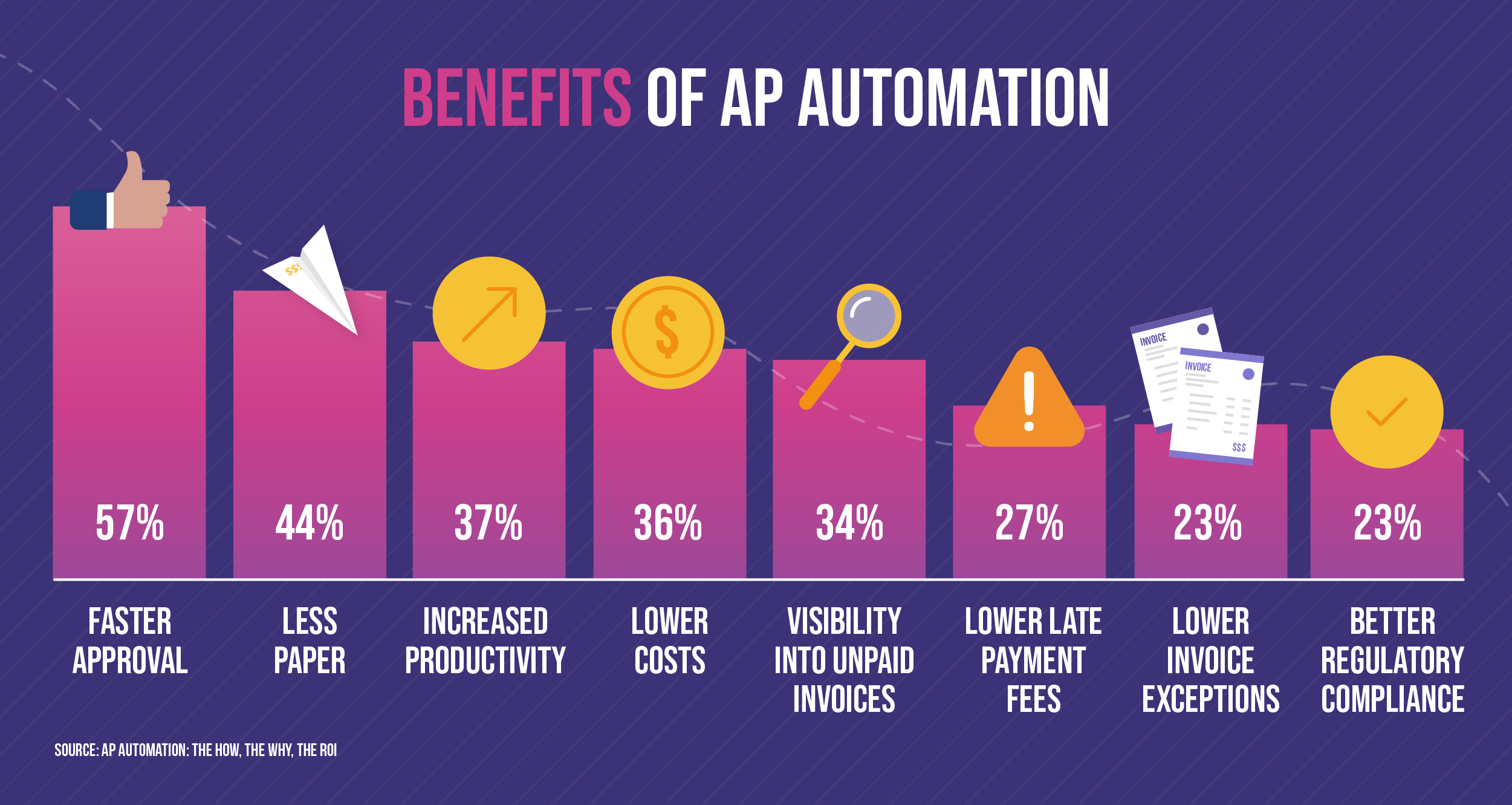
Accounts Payable automation
In episode 26 of the Leaders of Modern Finance podcast, Ryan Myers, CFO at America’s Thrift Stores, discusses the difficulties of constructing and refining financial systems for non-profit organizations. Ryan emphasized the significance of beginning with reliable data as the first step. Most of the invoice storage solutions we considered still require us to manually enter the digital receipt, PO, and invoice data into our accounting software and ERP. For full efficiency, we need a solution that does this work automatically.
The solution was accounts payable automation. AP automation solutions use OCR and ML technology to scan and digitize invoices while extracting the invoice data and sharing it with our Sage Intacct ERP. The solution also lets us scan receipts and other documents, which it can organize by linking them to the appropriate invoice.
Whichever invoice storage solution you choose, transitioning to digital storage is pretty straightforward.
How to transition to digital invoice storage
We’re looking at transitioning to digital invoice storage in six steps. Our process is somewhat different because of our operations’ organizational structure and scale, but the basic steps are the same.
Step 1: Inventory your existing documents
Begin by investigating where and how you currently store physical receipts, invoices, bank statements, credit card statements, and other documents. This step is very important whether you’re a small business owner or a global enterprise – you need to know what you have before you can start.
Once you have an inventory of your current documents and processes, it’s time to look at data security and privacy.
Step 2: Ensure data security and privacy
Our invoices and documents contain sensitive business information and data on our clients and customers. Securing this information is vital by choosing a storage solution that offers data encryption, multi-factor authentication, and regular backups.
Step 3: Move to digital vendor invoices
There’s not much point in moving to a digital invoice storage solution when you still get hundreds of paper invoices monthly. Consider asking vendors to send digital invoices instead of paper ones to reduce clutter and simplify invoice processing. Tip: Have a single email address where vendors can send invoices to make invoice processing easier for your AP team.
Step 4: Choose a storage solution
Next, choose which storage solution you want to use. Your choice of solution will depend on your situation. For example, a freelancer with a shoebox full of store receipts can get by with a receipt scanner app, cloud-based file storage solution, and accounting software like Quickbooks.
A larger enterprise may want to invest in a more integrated and scalable solution. If you are moving to electronic receipts and supplier invoices simultaneously, you may want to look at AP automation solutions. Peer review sites like G2 can be a great resource for finding the right solution.
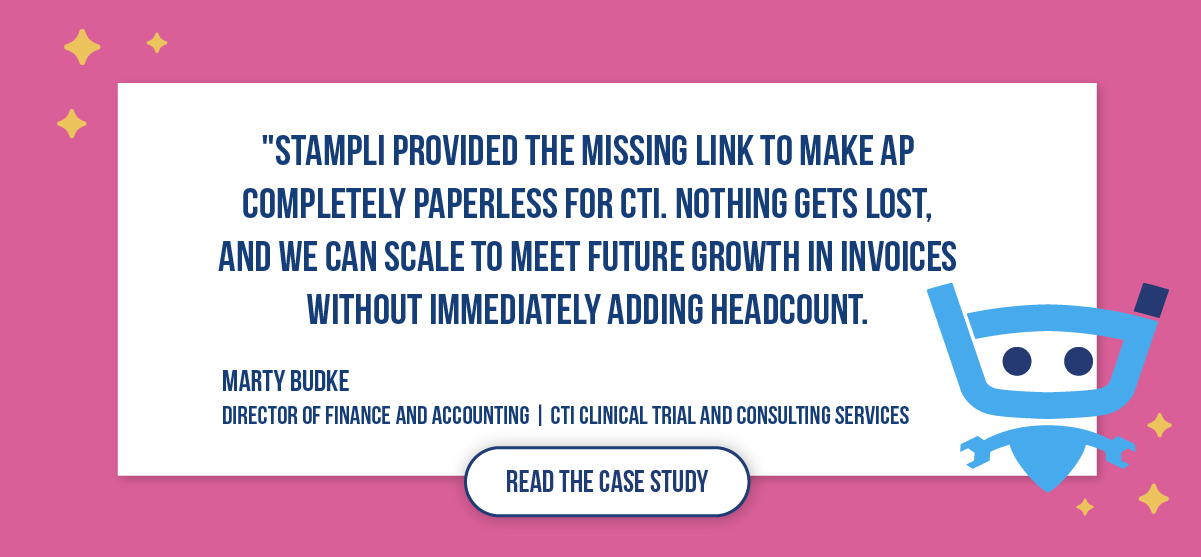
Step 5: Train employees on new processes
When you select and implement a new document management system and process, you’ll need to train your employees to ensure invoices are processed and stored correctly and efficiently. The training process goes a lot easier if your chosen solution doesn’t require many changes to your IT infrastructure or existing processes.
Step 6: Scan, organize, and store old invoices
Once you’re ready to start, begin scanning and storing your old invoices. Depending on the number of paper documents you have stored, this process can take some time. You should also destroy invoices you’re no longer required to keep by the IRS for tax purposes. You may find it easier to outsource the digitization process to a bulk document-scanning provider. However, outsourcing comes with several pros and cons to consider.
By switching to an accounts payable automation solution incorporating digital document storage, we could make the switch to digital invoices smoothly and efficiently. The solution made it easy for us to organize our digital documents and encourage our suppliers to send digital invoices. If you’re looking for digital solutions for your own invoice management needs, you can use the tips in this article to help make the switch to paperless invoicing easy and painless.
Painless invoice management with Stampli
Stampli is the only solution designed to meet the unique needs of Accounts Payable. Stampli’s solution streamlines invoice management, eliminating the need for external communication, ad-hoc workarounds, and manual AP tasks. Stampli provides complete visibility into every transaction, making audits and the month-end close easy and informing strategic business decisions.
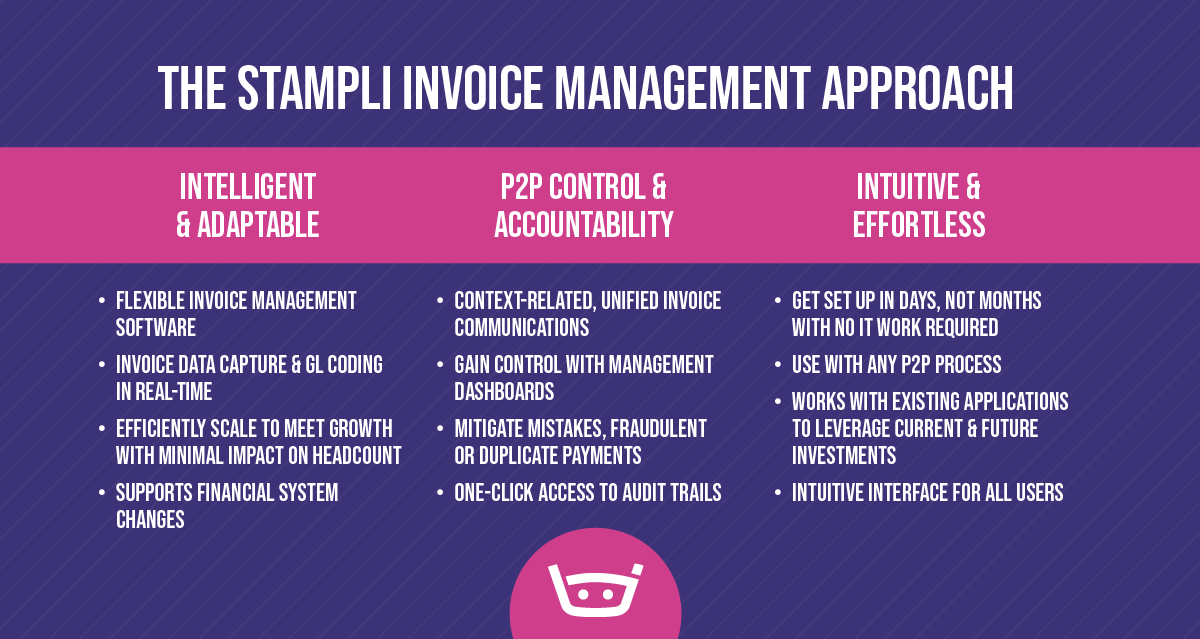
Billy the Bot – AI-powered invoice processing
If you want to streamline your invoice management processes, Billy the Bot is the perfect tool for the job. With Billy on your side, you can easily manage time-consuming manual tasks like invoice capture, coding, approvals, fraud detection, and syncing invoice data to your ERP.
Billy empowers Stampli’s unique ability to streamline invoice processing and eliminate manual paper-based processes. With machine learning, Billy can capture and code transaction data from both paper and electronic receipts, and he’s capable of understanding all line types, including general ledger, charges, fixed asset lines, and resources. Additionally, Billy can handle partial payment workflows and multiple POs and support invoice management for multiple subsidiaries, locations, currencies, and tax structures.
The customer success stories studies speak for themselves. Stampli delivers real results by helping businesses optimize invoice processing workflows without changing their business processes or reworking their ERP system. Contact us today to set up a free demo.


